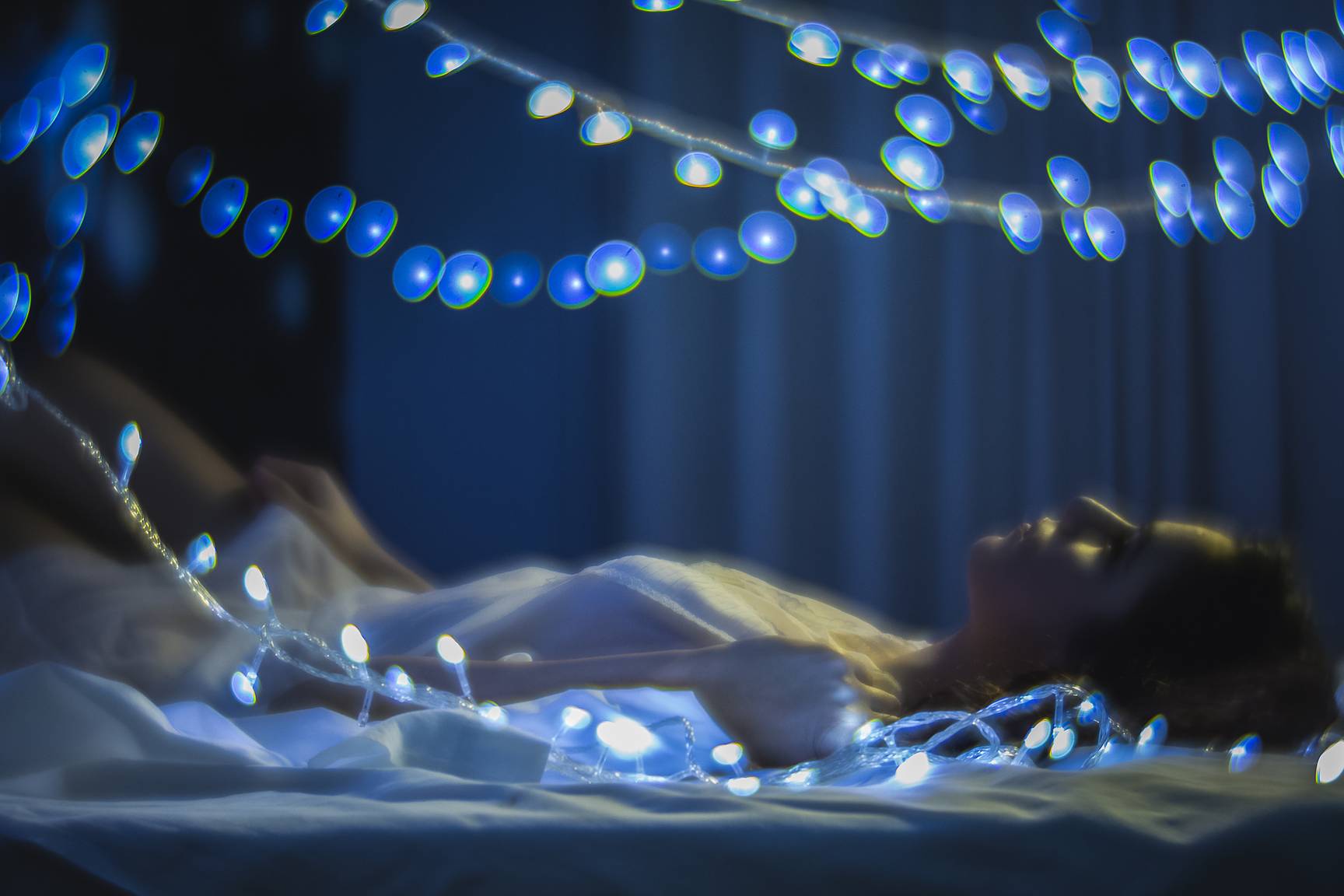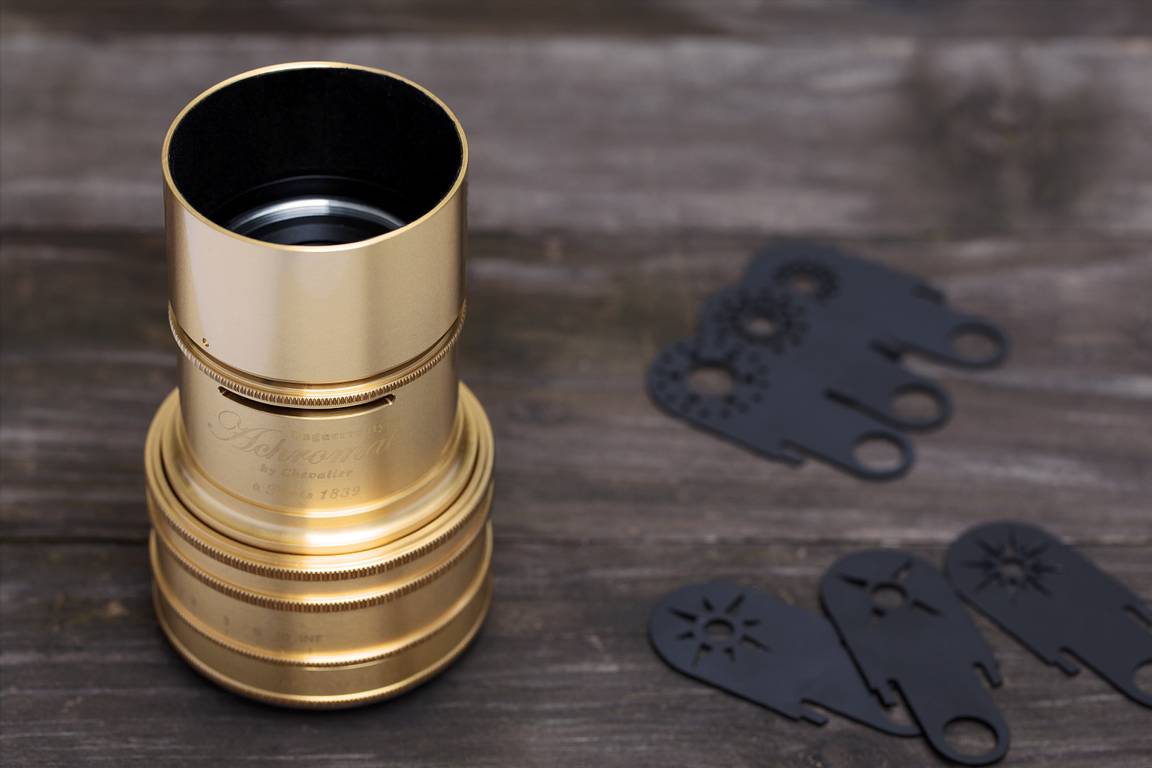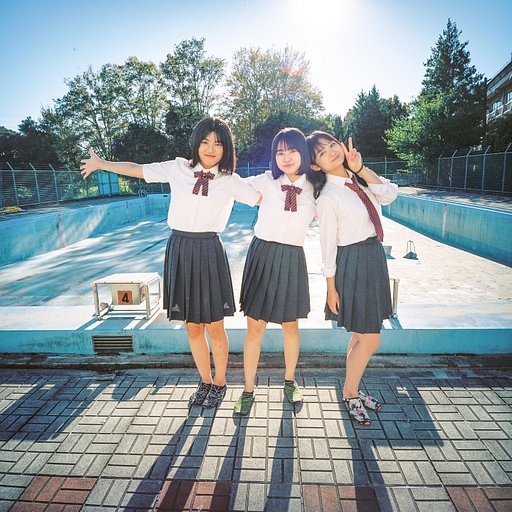Alfredo Buonanno on Using the Daguerreotype Achromat Art Lens for Moving Images
1 Share TweetThe music video for Stefano Benni and Fausto Mesolella’s “Van Gogh” features piked lights and textured backdrops. Consider it director Alfredo Buonanno’s version of a swiped palette of paint. His tool? Lomography’s ode to the first photographic lens, the Daguerreotype Achromat.
Hi Alfredo! Our community already met you in your previous work with the Lomo’Instant Wide. This time we get to know you in the role of music video director and Daguerreotype Achromat Art Lens tester. Before going technical, let’s break the ice: Please tell us how you became passionate about video editing.
First of all, I want to thank you for giving me the chance to test this fantastic lens. It was a truly awesome experience.
I can’t remember the precise moment when I started being passionate about video editing. When I was 14 (during the summer, or when I skived off school), I used to visit my uncle’s photography studio and the video editing studio of some friends older than me. Certainly, in that period I became enraptured by the world of visual communication and started pursuing the path which would years later bring me to professional photography. In 2009, I bought a Canon 5D Mark II. For the first time I was able to shoot a video with my own equipment. After few months of tests, I shot my first video clip.
Can you tell us about the creative process behind Stefano Benni and Fausto Mesolella’s “Van Gogh” video?
I first met Fausto Mesolella in 2010 when I was making some pictures for a short film for which he created the soundtrack. From that moment we have been collaborating. We are currently working on the video clips for the tracks of “Cantostefano,” his last album in which he sings Stefano Benni’s lyrics. As soon as I received the Daguerreotype lens, I immediately associated it with “Van Gogh,” a track from his last album. I sent Fausto a picture to propose using this lens for shooting the video. Three days after we were in Stefano Benni’s house, the first location of the set.

The music video managed to capture the poetry of the song. What was it like to shoot moving images using the Daguerreotype lens?
The lens played a pivotal role in the final look of the video. I was really impressed with how you can play with the bokeh effects and how it looks so similar to a Post-Impressionist rendering. Setting up the locations, in the same way Van Gogh used to, I took care to avoid using too many colours together.
Which features of the lens did you appreciate most?
For sure, the first thing which caught my eyes was its build, a travel back in time just to look at it. I really enjoyed discovering how the various lens apertures could turn into tools at your disposal, making the bokeh itself the subject of photographs or frames.
We noticed that you used all the lens features, as well as its lens apertures. Can you tell us how you managed to capture its effects in the photos and videos?
In the video, I availed of all the lens features in order to get a cozy setting, thanks to the lens apertures. In the photos, I have always been looking for point lights in order to get glares and shades to emphasize the subject.

Let’s turn to the photography aspect. What feature helped you the most?
In the “shades” part, I shot along with Sonia Fusco (with styling by Millesimè Vintage, hairstyling by Lello Fiore and makeup by Antonella Errico) building up a set full of lights in order to emphasize the lens effects. I tested out larger apertures for creating ethereal effects and soft images, while with various filters I obtained bokeh which enhanced the model, separating her from the background.
What are the advantages of Daguerreotype Achromat over other lenses in circulation?
The first advantage is in its essentials: no automatisms and total control in the hands of who shoots, while a strong counterpart is provided by the different possibilities of combining the various bokeh effects. According to the aperture, I obtained fantastic portrait sharpness along with backgrounds so soft and almost unreal, and even images with a soft-focus effect, all without post-production.
What kind of photo is best done with the Daguerreotype Art Lens?
I think that the Daguerreotype is a perfect tool for portraits. It allows for distinctiveness and character—every portrait can be interesting and different. The subject is always enhanced, but, at the same time, the textured look of the background remains fascinating.
Are there any tips you would like to give to the first-time users of Daguerreotype, both for video making and photography?
In general, I would suggest testing the various lens apertures out, in order to gain total control once shooting. For the video, I used the live view in order to gain depth of field. Since I don’t like the live view when shooting, I would suggest (in particular with larger apertures) to make 3-4 shots doing slight movements of the focusing dial. This way, during the selection phase, I was able to choose among 3-4 shots available, each one different from the others.
2016-04-28 #gear #ニュース #ビデオ #van-gogh #daguerreotype #achromat #artlens #lomographyartlenses #alfredo-buonanno #fausto-mesolella #stefano-benni #daguerreotype-achromat-art-lens



















コメントはまだありません